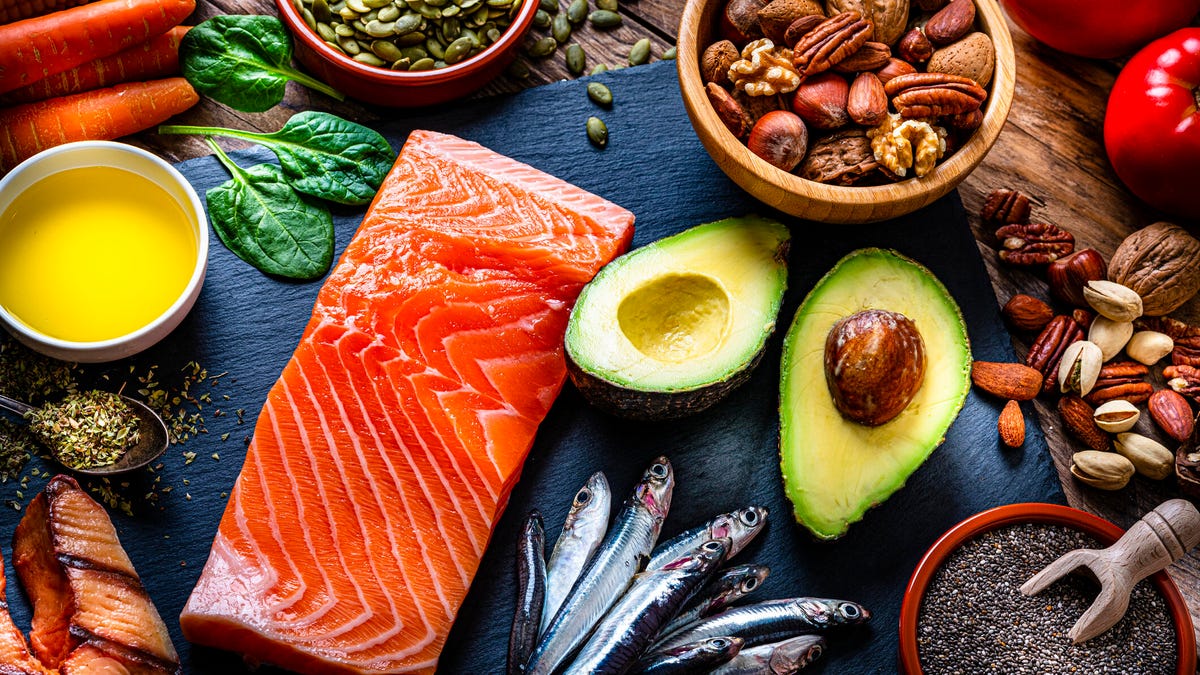The following is a guest post from Tom Adams, co-founder and CEO of Pairwise, and Kristen F. Gradney, senior director of children’s health at Our Lady of the Lake Children’s Hospital.
This World Hunger Day, May 28, people are experiencing rising food prices resulting from a shortage of inputs, rising prices for producers, and constrained production capacity in a war-torn Ukraine as well as other conflict zones of the world. The effects of COVID-19 on hunger remain persistent more than two years after the onset of the pandemic with 100 million more people facing hunger in 2020 than in pre-pandemic 2019. Simultaneously, we are starting to see the effects of our changing climate on feeding the world — another enormous and complex challenge.
Here in the U.S., 38 million people are hungry, including 12 million children, according to the USDA — a problem we must address. But an even bigger problem is the growing number of people who are nutritionally insecure. These are people who may consume enough calories but are undernourished and subject to a range of noncommunicable diseases that are on the rise in adults and children.
The data are staggering. In the U.S. alone, diet-related diseases accounted for more than half of all deaths in 2018. Poor-quality diets in children contribute to obesity, Type 2 diabetes, and set into motion poor eating habits that can last a lifetime. If we want to ensure the next generation reaches their potential, it’s up to all of us to ensure access to nutritious foods.

Tom Adams
Permission granted by Pairwise
When we talk about the hunger and malnutrition in this country, we are talking about a quantity problem — Americans who do not have access to sufficient calories. But even more widespread is our quality problem: the increasing reality that too few Americans are consuming calories that come from nutritious foods that are culturally relevent. In fact, fewer than one in 10 American adults consume the recommended daily allowance of fruits and vegetables, according to the Centers for Disease Control and Prevention.
Hunger and nutrition are inextricably linked to access and equity; malnutrition or undernutrition are seen most often in low-income communities, and disproportionately affect communities of color. Affordability, availability, and awareness of nutrition all impact equitable access and the ability to choose healthier foods.
All people — from those living in isolated parts of rural America to those living in so-called urban food deserts — must have access to healthy, fresh foods. Innovations already happening in the produce supply chain are ensuring that fresh produce can be accessible even if it has to travel days or even weeks to its final destination, sometimes a small convenience store. Technology has an important role to play in making healthy fruits and vegetables more “available” by making them more convenient, longer lasting, and better tasting.
Accessibility also impacts awareness. American children learn about nutrition in school, but for the most part, that education begins and ends with the food pyramid. For students and parents alike, nutrition information can be difficult to understand, and we often receive mixed messages that change over time. One-size nutrition education does not fit all. We must develop culturally competent nutrition education that can have the biggest impact in undernourished communities. By exposing children to healthier food and its benefits early on, we can also help to improve awareness for their parents and families.

Kristen Gradney
Permission granted by Pairwise
But parents must also be able to afford to reinforce those habits at home. Access to assistance programs like SNAP (Supplemental Nutrition Assistance Program) and WIC (Women, Infants and Children) are essential. Expansion of those programs to offer families a greater budget for fruits and vegetables is key to ensuring nutritious diets for all.
We need to use the tools and thinking of today, smart policies and exciting innovations, to ensure a healthy well-nourished society tomorrow. This World Hunger Day, we must push governments, communities, nonprofits and companies to work together to address mal- and undernutrition, and to solve the hunger crisis for good — both in the U.S. and around the globe.
While the challenges that exacerbate our food and nutrition crisis loom large, there are so many reasons to be optimistic. We applaud the recent announcement of the White House Conference on Hunger, Nutrition and Health to be held in September to begin to tackle food and nutrition equity in the U.S. in new and different ways. We also look to emerging innovations that will help ensure a more resilient and nourishing food system. From innovations in food supply chains to those like CRISPR that help boost the climate resiliency of crops, technology will play a vital role in ensuring equitable access to safe and nutritious food. Let us work together to create the environment that will ensure that the food systems of tomorrow benefit all.











